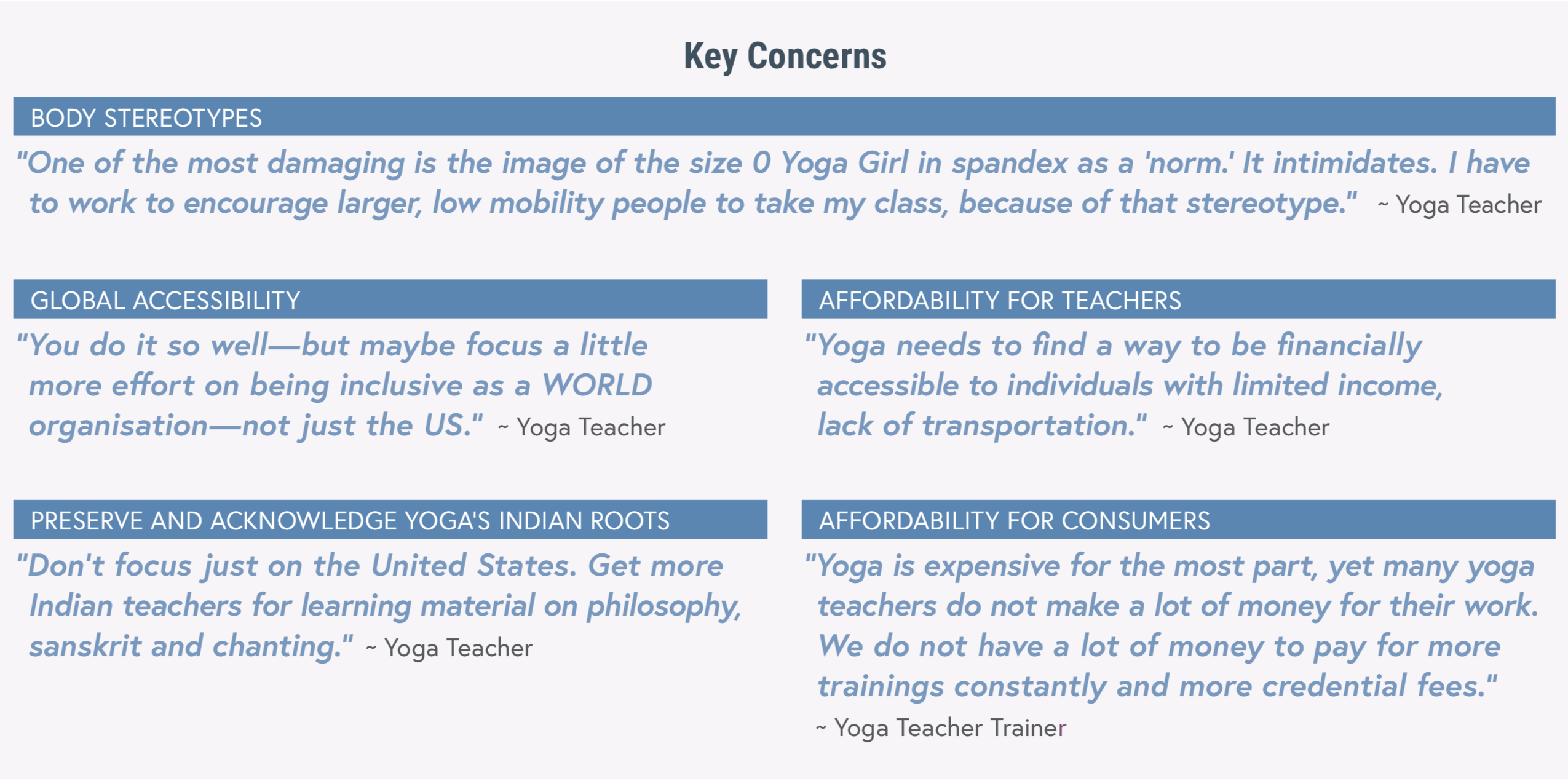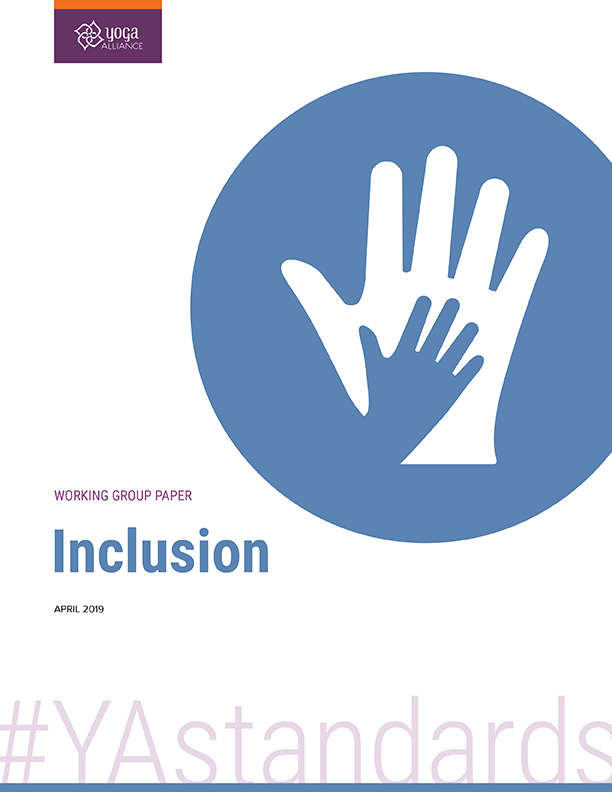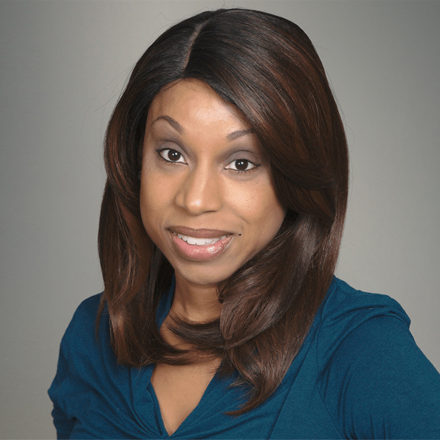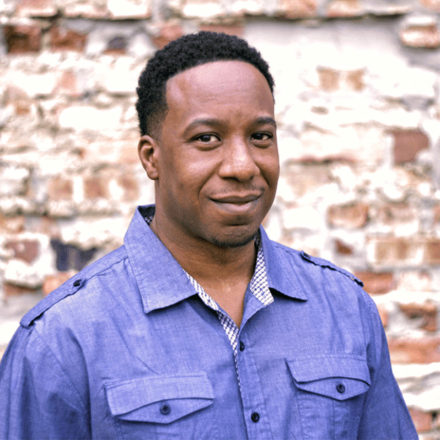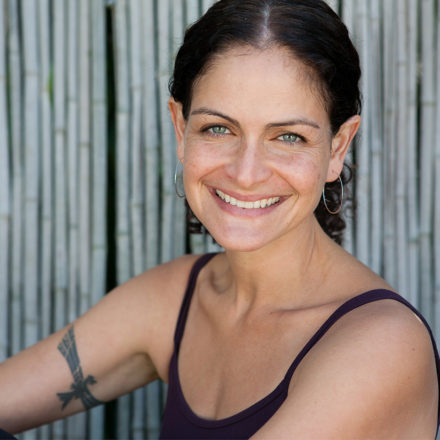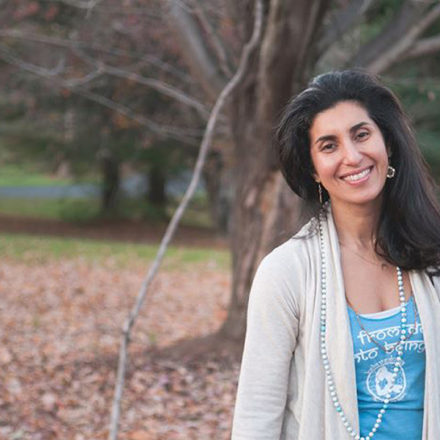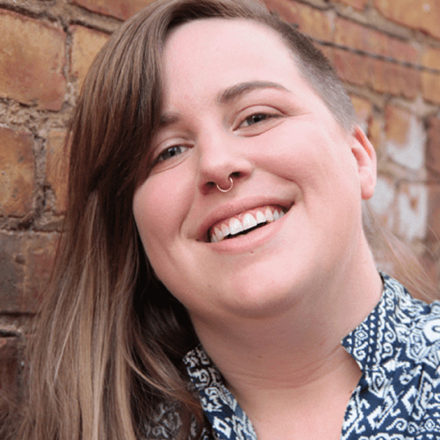
Inclusion
THE CONVERSATION: How can yoga reach EVERY BODY AND MIND? Who is currently excluded from yoga in its current structure — culturally, physically, financially, socially, and geographically? Why is that, and how can Yoga Alliance help foster greater inclusion in yoga?
WHAT WE LEARNED:
Yoga professionals and practitioners agree that there are key concerns and issues to address with respect to inclusivity in yoga and offered some solutions on how to address them through open-ended responses.
We saw in our 12,000-respondent survey that exclusion can take many forms, from practitioner stereotypes to teacher training affordability to trauma sensitivity, gender bias, and the challenges of geographical and language borders, among others. The pictured chart, (Survey: Attitudes and Beliefs of Yoga Professionals and Practitioners Worldwide, 2018, Edge Research), highlights some of the key concerns surfaced. Read more here.
Through the working group specific to Inclusion, a few recommendations regarding diversity, inclusion, accessibility, and equity (DIAE) “rose to the top”:
- The concepts of DIAE should be interwoven throughout the RYS 200, 300, and 500 curricula
- Teacher Trainers should receive additional training on concepts surrounding DIAE
Yoga Alliance could offer a course to Registered Yoga Teachers (RYTs) that would include information on adaptive yoga, inclusive teaching, trauma awareness, and cultural sensitivity.
To learn more about this working group’s recommendations, please download the Inclusion Working Group Paper here. As a reminder, Yoga Alliance brought together a diverse spectrum of expert advisory voices to maximize the perspectives and resources within this area of inquiry. They represented one stream of input in the process, albeit an important stream. We thank them for their participation and dedication.
Note: these working group papers provide expert recommendations to Yoga Alliance and the yoga community for consideration as the Standards Review Project continues. They are not prescribed actions but rather insights from an experienced and dedicated group of subject matter experts. They were written by an independent third party. At this point in time, no decisions have been made regarding standards updates, and we welcome and encourage your feedback and comments regarding the entirety of the SRP process.

